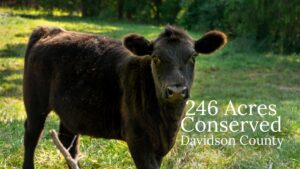
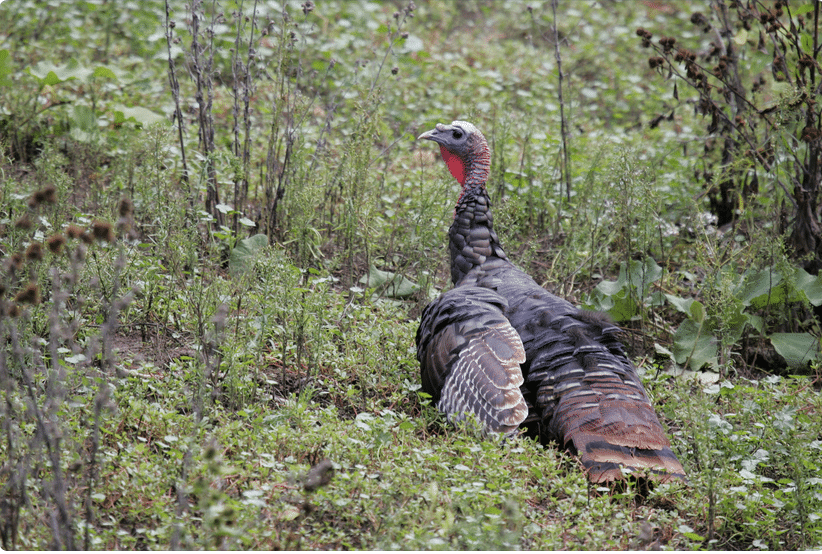
A little spice on Valentine’s Day? TRLT’s land management staff has kept things spicy via thermal thinning with prescribed fire. TRLT used prescribed fire on this management area to promote a healthy longleaf forest. The prescribed burns are conducted safely, and no fire is lit until experts have determined that the conditions are right!
The before photos illustrate the stand before prescribed fire. The stand was too dense with loblolly pines. Loblolly pines are a shade-intolerant species, meaning they grow fast, and their mission is to capture all of the sunlight quicker than their shade-tolerant counterparts. Therefore, loblolly pines establish fast, grow fast, and can often outcompete slower-growing species on certain sites.
Longleaf pines have a slightly different tactic. Young longleaf pine trees depend on fire to knock back competing plants, providing them with the nutrients, space, and sunlight needed to grow. Without the presence of fire, longleaf can be quickly overtaken by fast-growing loblolly pine.
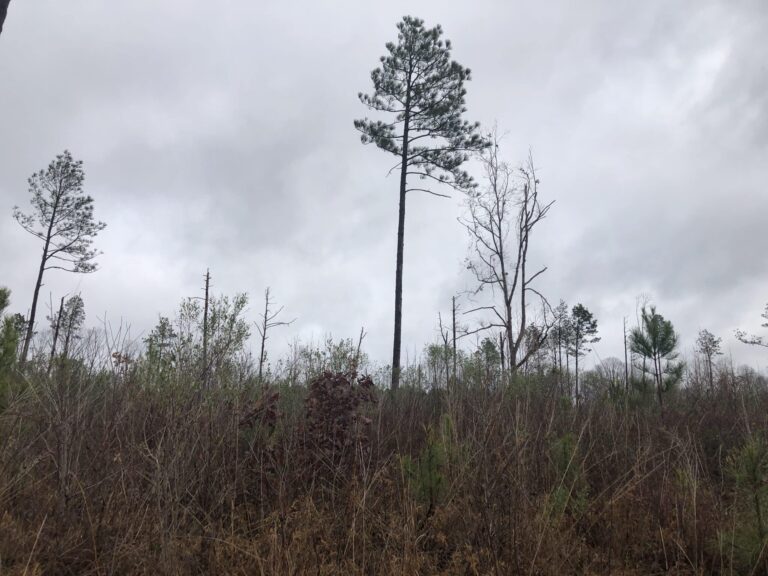
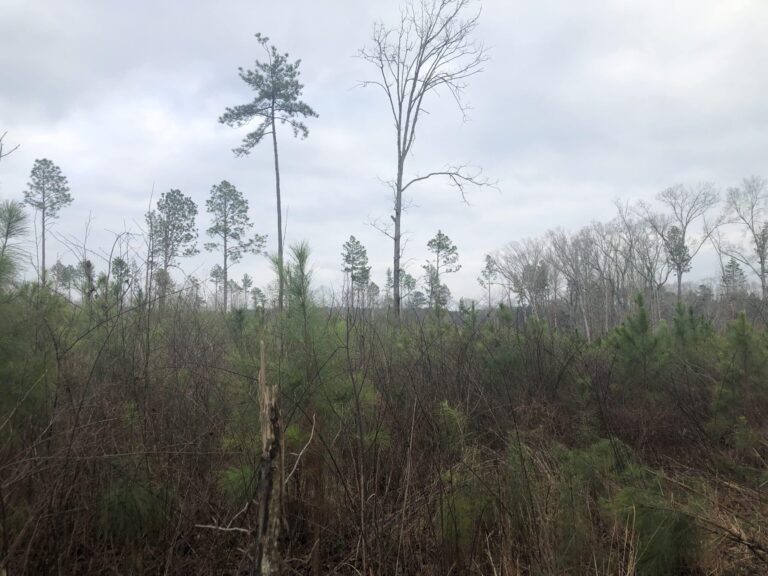
Young loblolly pines can be very susceptible to prescribed fire. Conversely, longleaf pines can tolerate fire at a young age as a result of their anatomical characteristics.
Longleaf seedlings have thick tufts of long needles that protect the terminal bud of the plant. The longleaf pines were not harmed during the burn. Instead, the longleaf boasted pom-poms of green that will thrive over the charred ground.
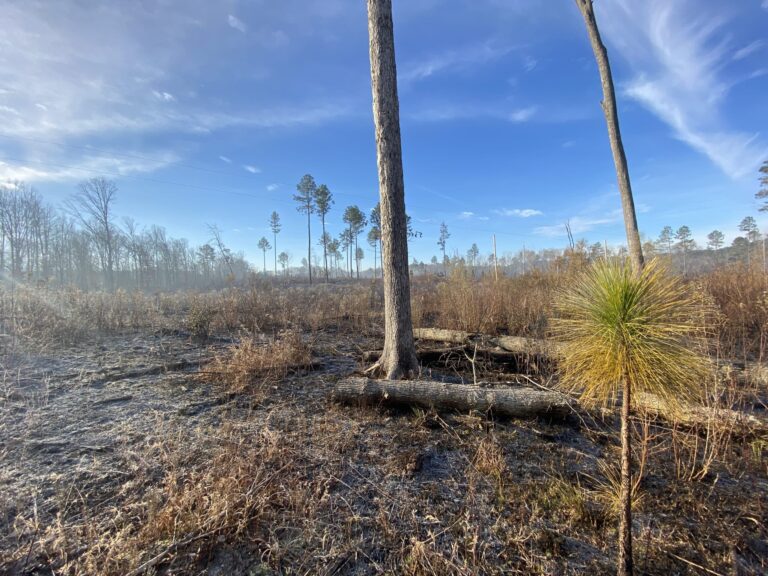
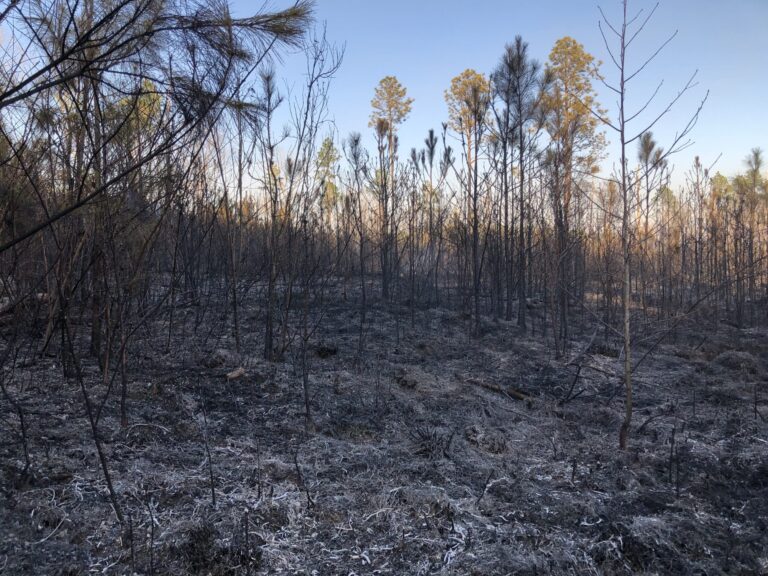
Without prescribed fire, the stand would have succumbed to the dense loblolly pines that were seeding in from the neighboring loblolly stands. However, a carefully planned and implemented prescribed fire thermally thinned and removed the young loblolly that are vulnerable to fire.
This thermal thinning of loblolly not only allowed the longleaf to thrive, but it also rejuvenated and released a seed bank of plants that had not been documented on the site! The pre-fire stand had low plant diversity with approximately 15—20 plant species. The species diversity skyrocketed following the first fire with upwards of 70 plant species! WOO-HOO!
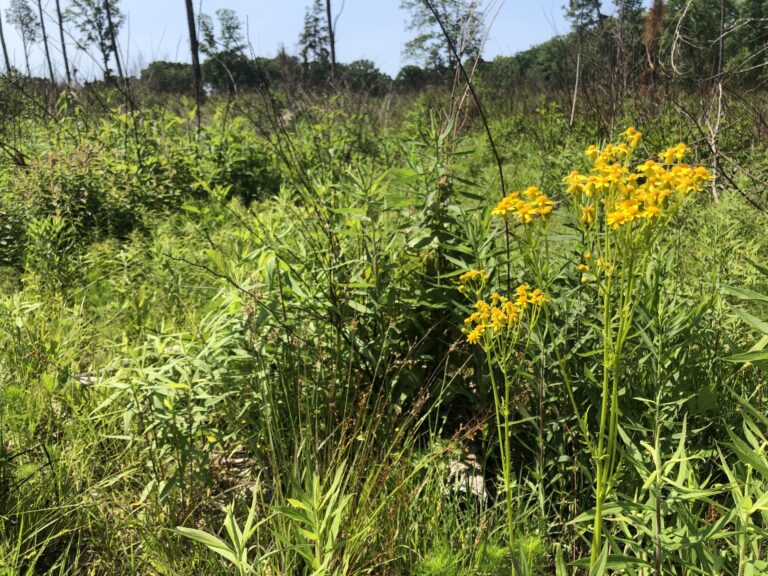
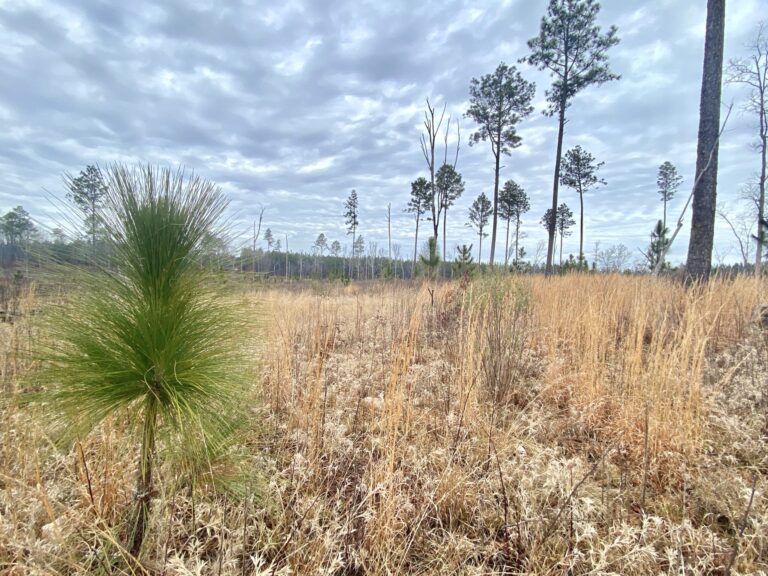
Firing Up Turkey Habitat: How Prescribed Burns Boost Forest Health
There is an understandable fear that many hold that fire will harm animals in a forest ecosystem. Many of North Carolina’s plants and animals have evolved with fire and rely on fire to maintain their habitats! Prescribed burning reduces competition of species that are not dependent on fire- this helps keep native flora and fauna healthy! Check out the transformation in these pine stands managed by TRLT over the last year. This stand received a prescribed burn coupled with forest stand improvement. One objective of these management activities was to provide better brood rearing cover for turkeys. With turkey nesting and brood-rearing season right around the corner, vegetation communities, are critical.
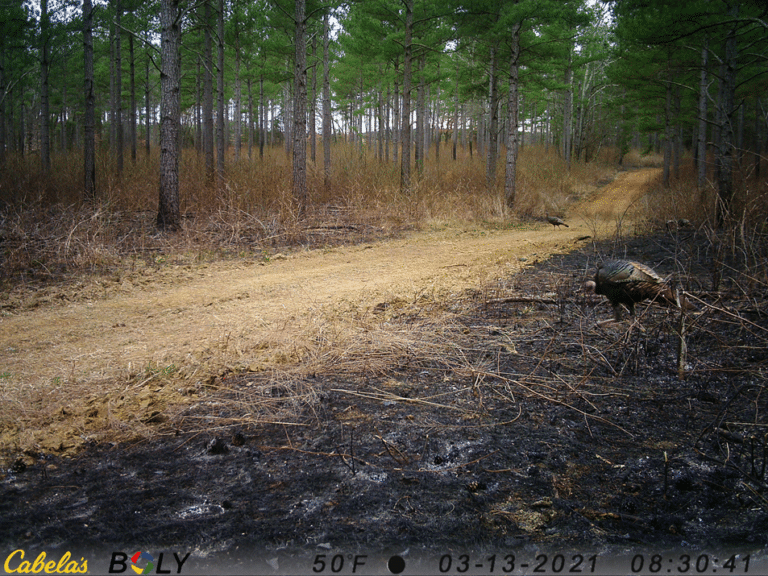
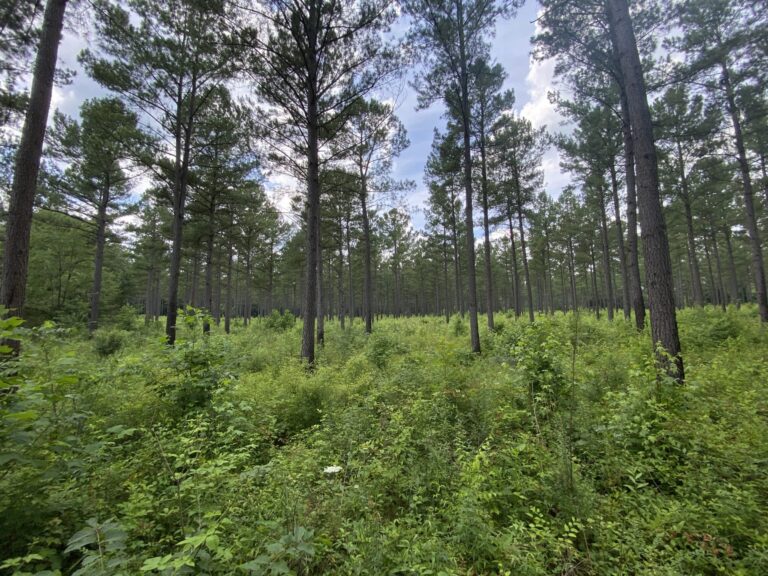
The lush, green vegetation provides excellent cover for a hen sitting on a nest. After laying her entire clutch, a hen will sit on her nest for approximately 28 days. The hens are largely immobile during this time, sitting on her nest night and day, with only short excursions for a mid-day snack… (talk about being vulnerable to predators)! This thick vegetation can conceal the hen and her eggs during this susceptible time period.
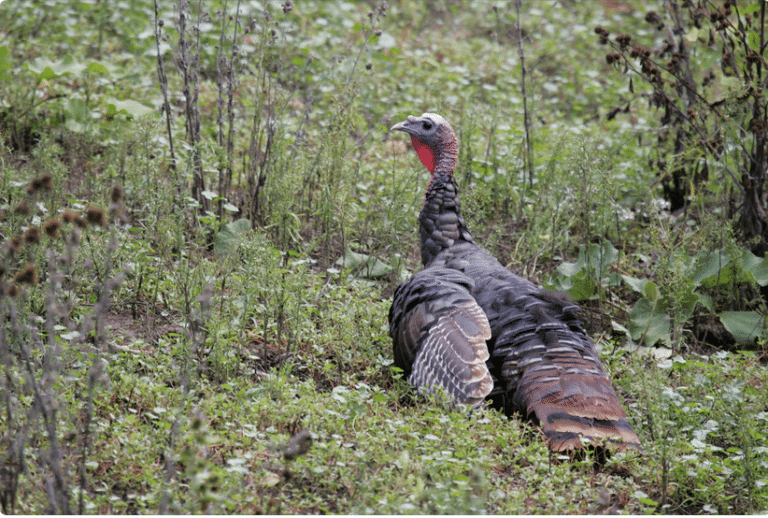
The backbone of the benefits being produced by this stand is the understory that is dominated by forbs (wildflowers) and grasses. These herbaceous plants host an abundance of insects and produce a considerable number of seeds and fruits (e.g., blackberries, beggar’s lice, pokeweed, panicum). The insect abundance that coincides with a lush understory of herbaceous vegetation is beneficial to the hen during the nutritionally demanding time of laying eggs and nesting.
The abundance of invertebrates, such as grasshoppers, beetles, ants, spiders, snails, and caterpillars, also provides an excellent source of protein to quickly developing poults. The protein provided by these insects helps sustain the rapid body growth and feather development for poults to be able to fly to avoid predators.